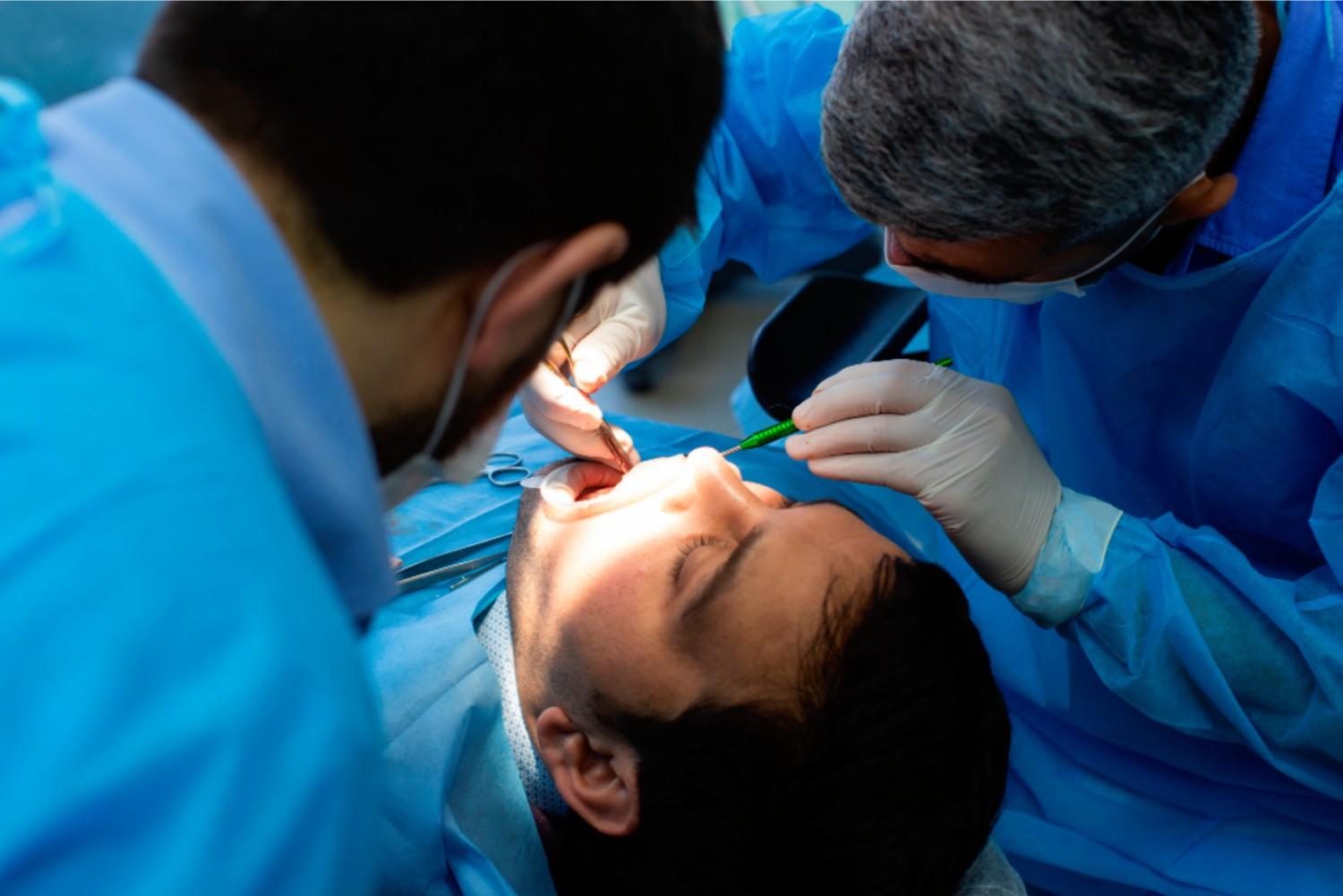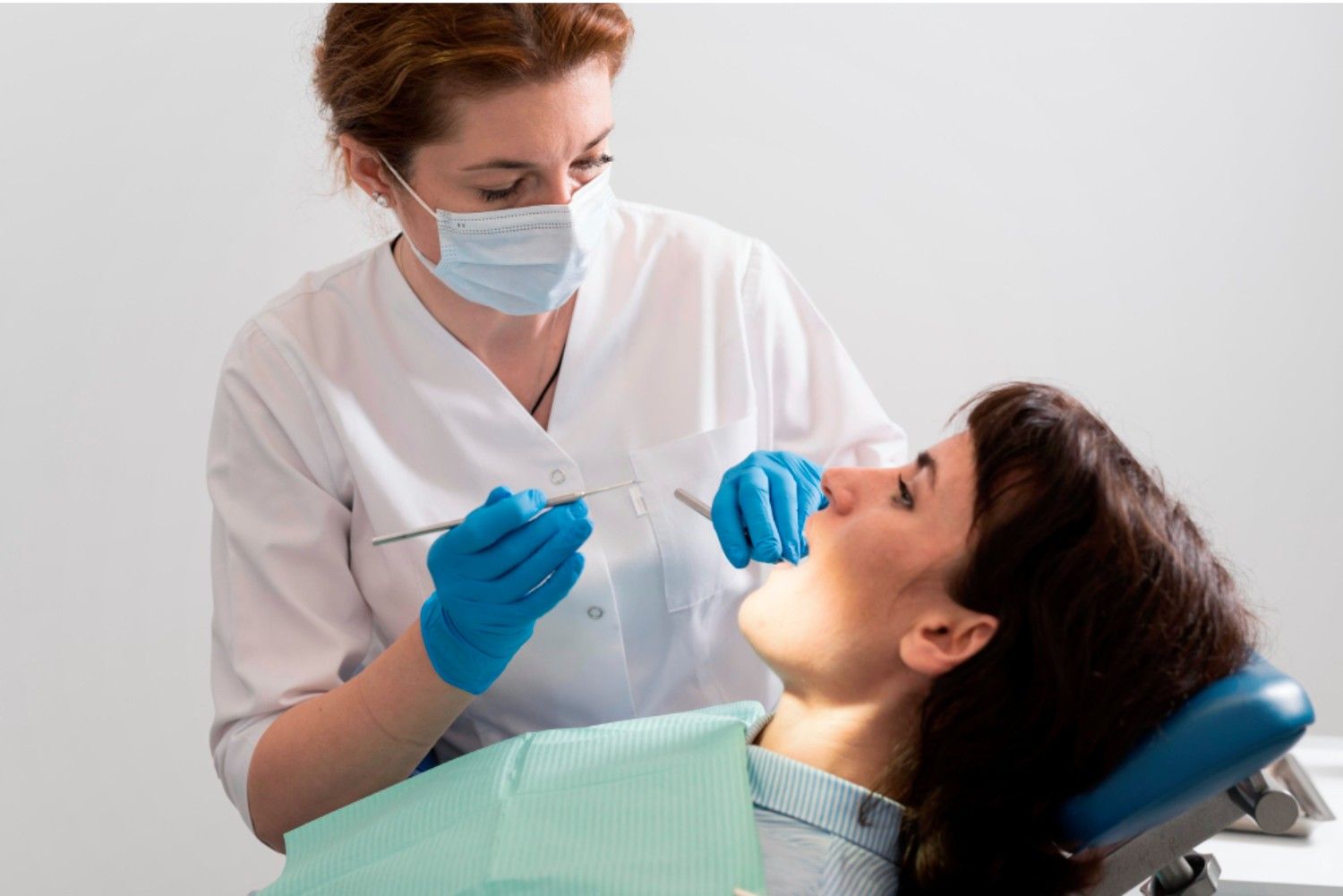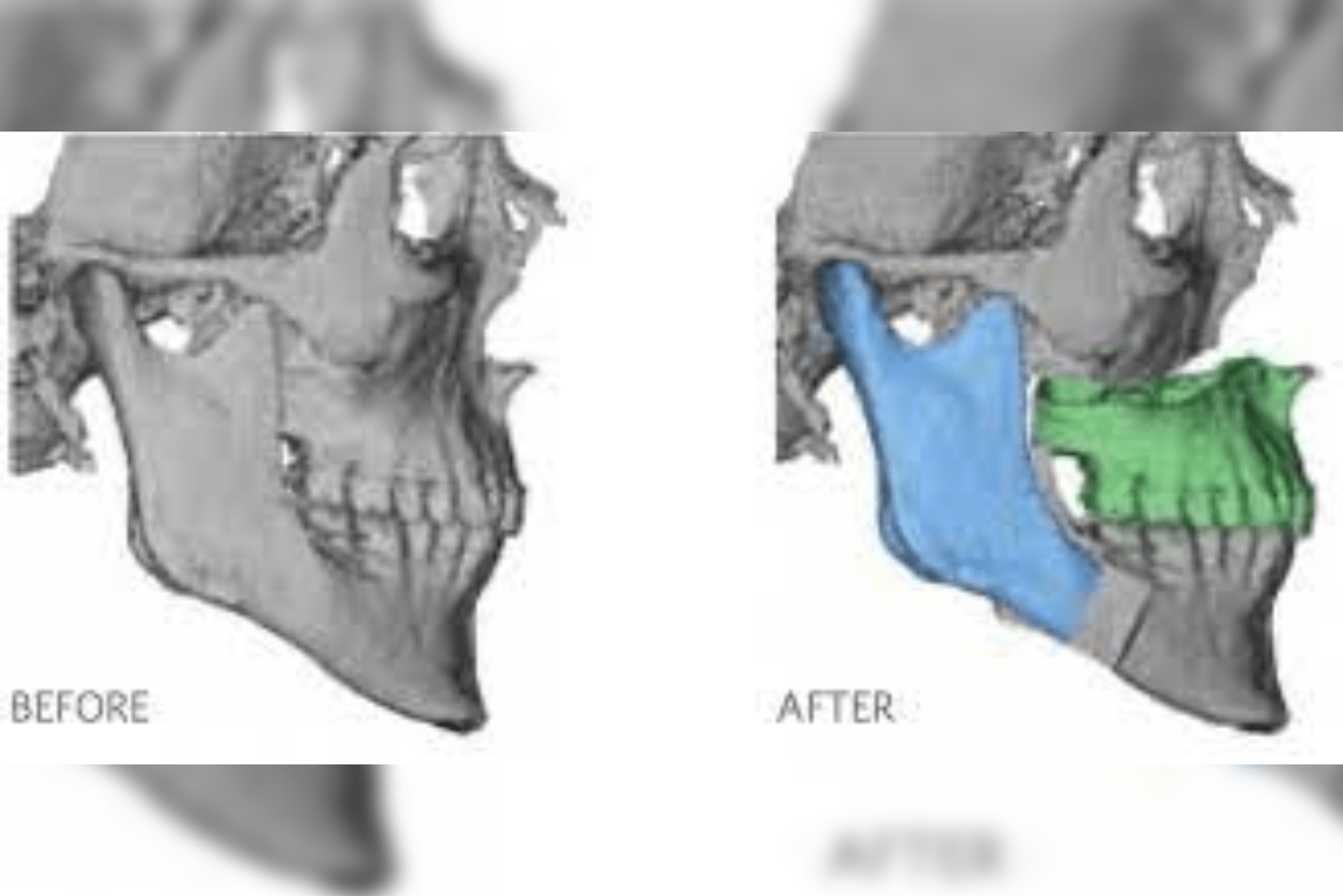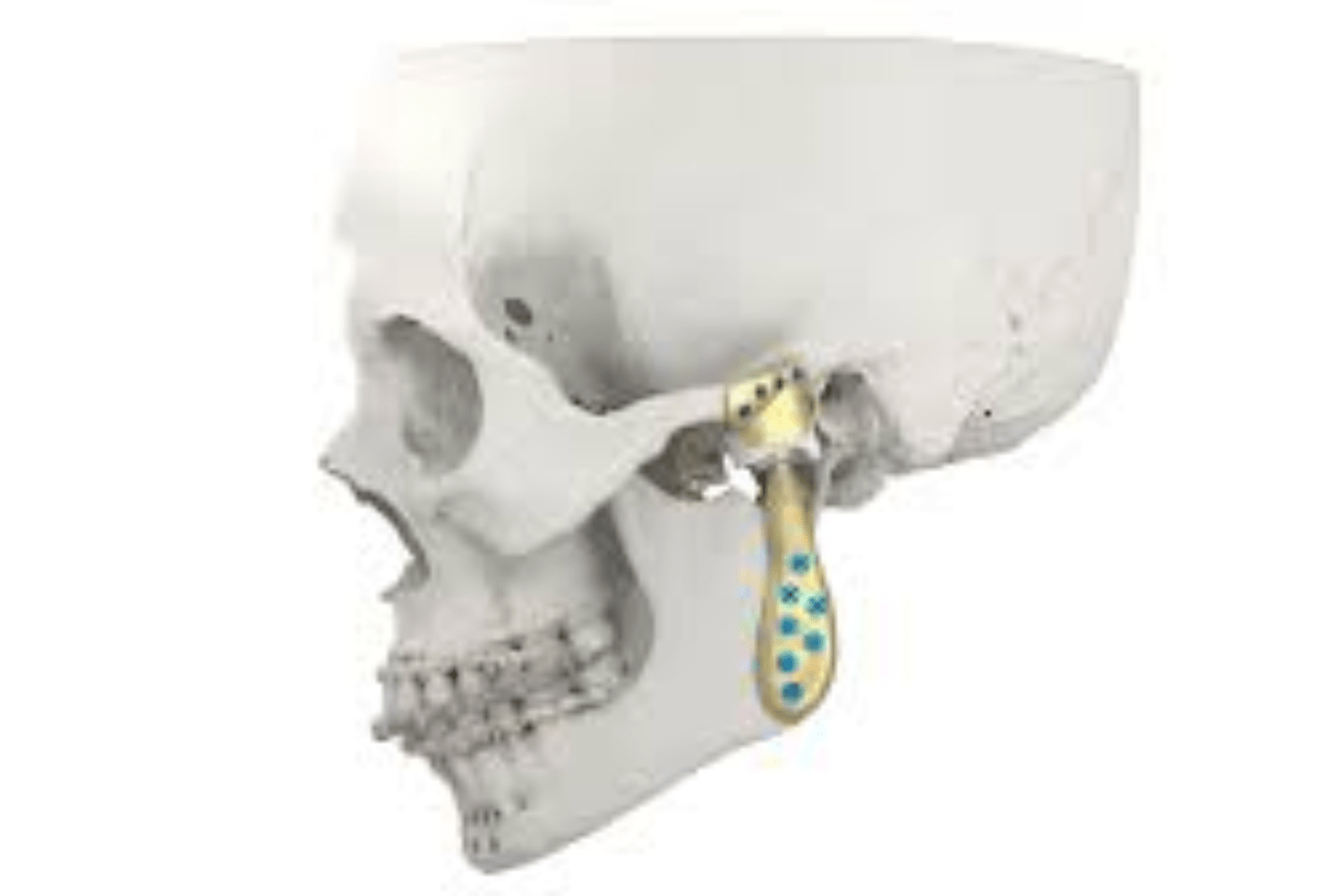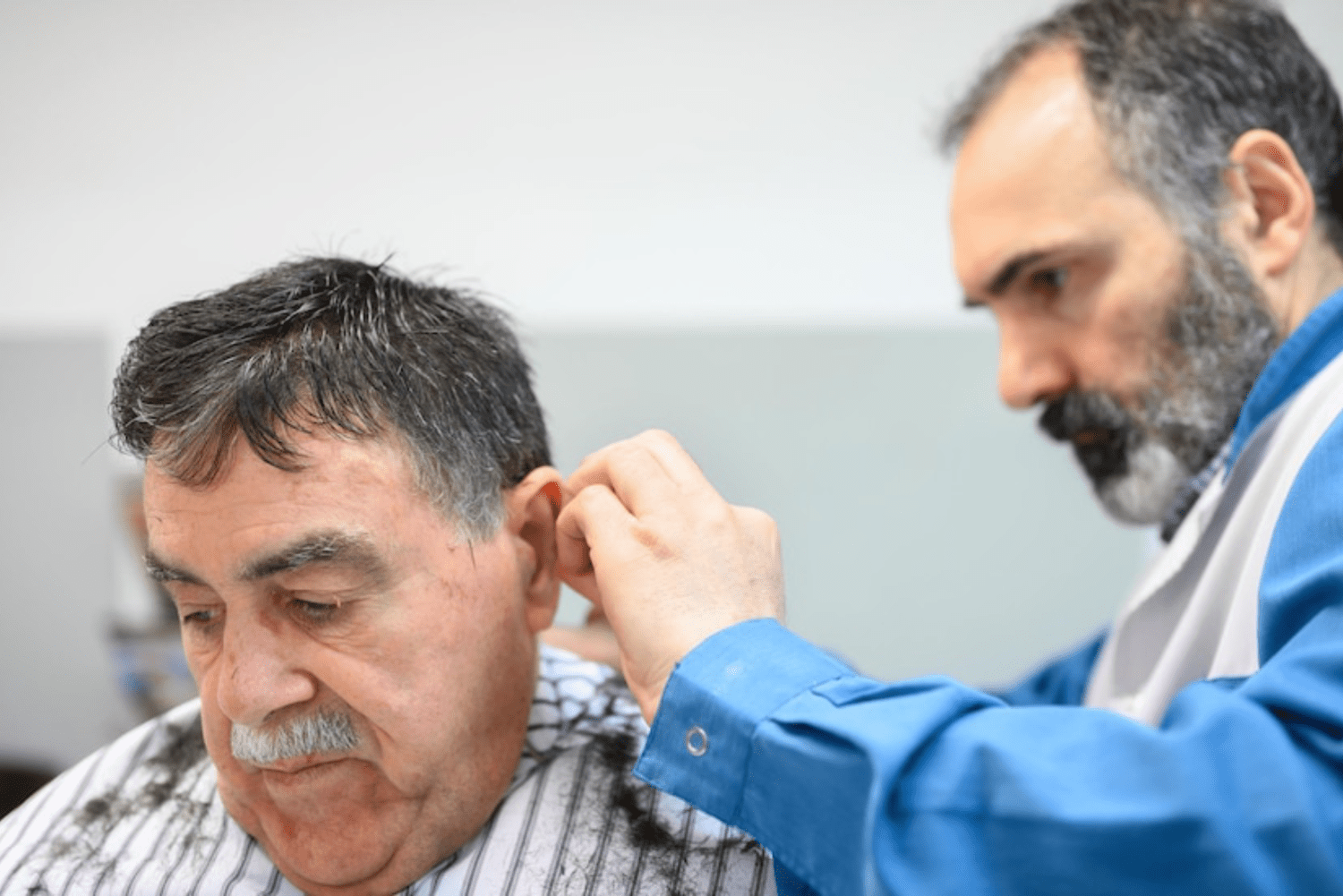Orthognathic surgery, also known as jaw surgery, is a procedure that corrects a variety of issues related to the bones of the face and jaws. This surgery aims to improve both function and appearance by realigning the jawbones. It’s often used to address problems that cannot be fixed with braces or other dental treatments alone. Here’s a comprehensive yet simple explanation of orthognathic surgery:
Why is Orthognathic Surgery Needed?
Orthognathic surgery is performed for several reasons, including:
Functional Issues: Difficulty in chewing, speaking, or breathing due to misaligned jaws.
Aesthetic Concerns: Significant imbalance in facial appearance, such as a protruding jaw or a sunken face.
Structural Problems: Conditions like jaw deformities or asymmetry that affect the overall facial structure.
Common Conditions Treated
Overbite: When the upper teeth significantly overlap the lower teeth.
Underbite: When the lower teeth are positioned further forward than the upper teeth.
Crossbite: When some of the upper teeth fall inside the lower teeth.
Open Bite: When the front teeth don’t touch when the mouth is closed.
Receding Chin or Protruding Jaw: Where the chin or jaw appears unusually positioned.
How is the Surgery Performed?
Pre-Surgery Planning:
Consultation: You’ll meet with our team of surgeons who will assess your condition through X-rays, 3D scans, and physical examinations.
Planning- After a thorough assessment, if required, the planning is done in the software -NEMOFAB, where all the movements are virtually stimulated and a surgical splint is prepared prior to surgery. This surgical planning helps to visualize the outcomes of the orthognathic surgery.
Orthodontic Preparation: Often, you’ll need braces, aligners or other orthodontic treatments before or after the surgery to align your teeth properly. This phase can take several months to a year or more, depending on the complexity of your case. Your orthodontist and surgeon will work closely together to coordinate your orthodontic treatment plan with the surgical timeline.
Surgical Procedure:
Anesthesia: The surgery is typically performed under general anesthesia, which is managed by our highly qualified team of anethetists.
Incisions: The surgeon makes incisions inside the mouth, so there are no visible scars on the face.
Realignment: The surgeon carefully repositions the jawbones and secures them with plates, screws, or wires.
Recovery: After realigning the jaws, elastic bands or other device may be required to stabilize the jaw in its new position.
Types of Orthognathic Surgery
Le Fort I Osteotomy: This surgery repositions the upper jaw (maxilla) and is used to correct issues such as an overbite, deep bite, edge-to-edge bite, underbite, maxillary hypoplasia and many other related issues.
Bilateral Sagittal Split Osteotomy (BSSO): This procedure repositions the lower jaw (mandible) where we cut the mandible allowing desired movements.
Genioplasty: In patients having short or retruded chin, long chin, or asymmetry of chin, a horizontal or vertical movement is made for the best possible results enhancing the overall esthetics of the face.
Jaw sculpting- Jaw sculpting is a procedure that involves the sharpening of angles of jaw by doing osteotomy or by placing implants.
Anterior Maxillary Distraction- This procedure is generally performed in Cleft lip and Palate patients. Anterior maxillary distraction osteogenesis (AMDO) is a surgical procedure used to address severe maxillary hypoplasia or retrusion, where the upper jaw (maxilla) is positioned significantly behind its normal alignment relative to the rest of the facial structures. This condition can cause aesthetic concerns, dental malocclusion, and in severe cases, compromise airway function. Anterior maxillary distraction osteogenesis aims to correct these issues by gradually lengthening the maxilla through controlled bone distraction.
Recovery and Aftercare
Immediate Post-Surgery:
Hospital Stay: You may need to stay in the hospital for a period of 5 days.
Diet: You’ll be on a liquid or soft-food diet initially to avoid strain on the healing jaws.
Swelling and Pain: Expect some swelling and discomfort, which can be managed with medication.
Long-Term Recovery:
Healing Time: Full recovery can take several months. Your jaws will gradually adjust to their new positions.
Follow-Up Visits: Regular check-ups with your surgeon and orthodontist will ensure that healing is progressing as expected.
Physical Therapy: Sometimes recommended to help improve jaw function and reduce stiffness.
Risks and Complications
Like any surgery, orthognathic surgery has potential risks, including:
Infection: As with any surgical procedure, there’s a risk of infection.
Numbness: Temporary numbness in parts of the face can occur which will recover in a span of few months.
Relapse: There’s a chance that the jaws may shift back to their original positions, though this is rare with proper post-surgery care.
Jaw Problems: Issues like difficulty with chewing or speaking may arise, but these are usually temporary and resolve with time.
Benefits of Orthognathic Surgery
Improved Function: Better bite alignment can make chewing, speaking, and breathing easier.
Enhanced Appearance: Correcting jaw misalignments can significantly improve facial symmetry and aesthetics.
Increased Self-Esteem: Many patients experience a boost in self-confidence due to the improved appearance and function of their face.
Who is a Good Candidate?
Orthognathic surgery is typically considered for individuals who:
Have completed their facial growth.
Have jaw issues that cannot be resolved with orthodontics alone.
Patients having congenital problems like a deep bite, open bite, underbite, cleft lip and palate, Parry Romberg syndrome, etc.
Conclusion
Orthognathic surgery is a transformative procedure that can address both functional and aesthetic concerns related to jaw alignment. While it involves a significant recovery period, the benefits—ranging from improved bite function to enhanced facial appearance—can greatly impact a person’s quality of life. If you’re considering this surgery, consult with a qualified oral and maxillofacial surgeon to discuss your specific needs and develop a personalized treatment plan.

